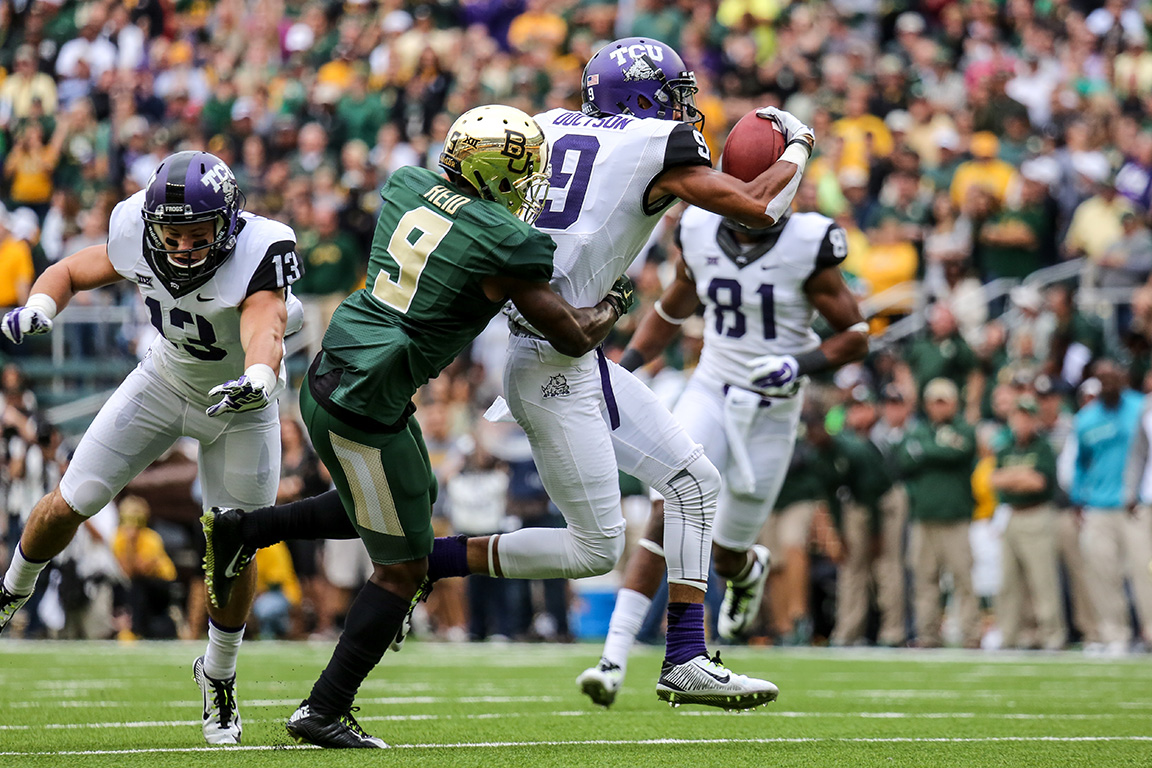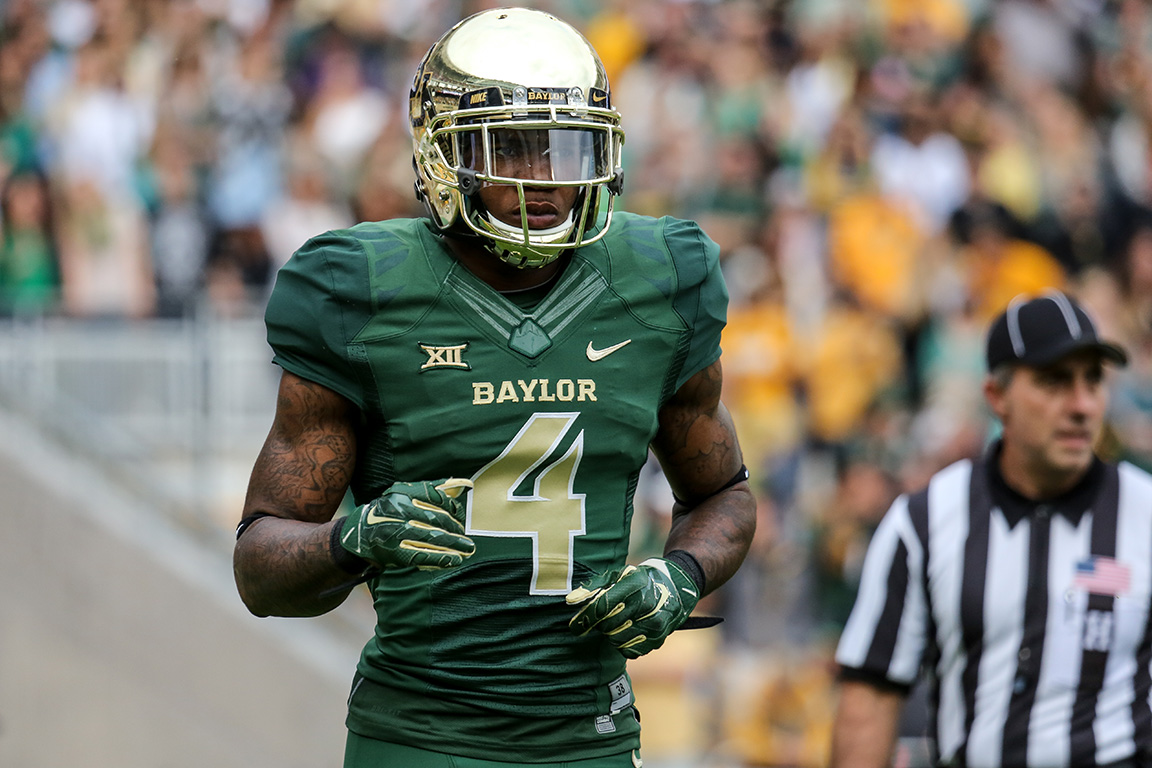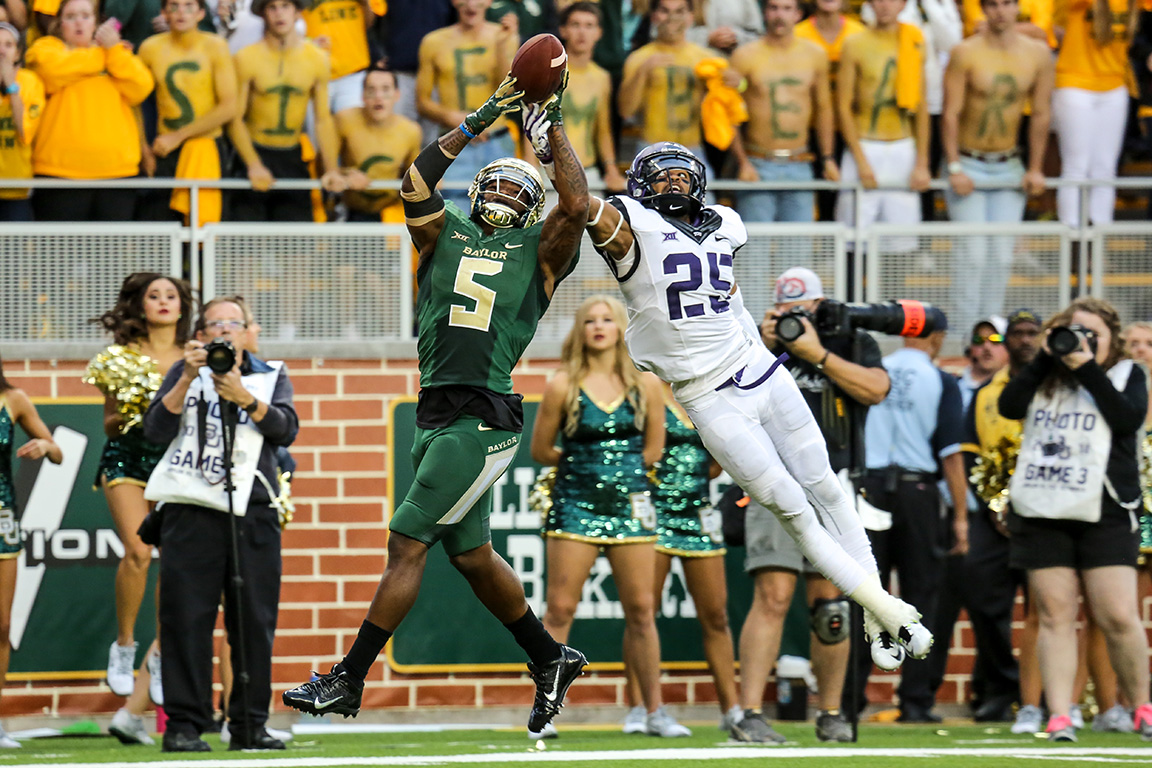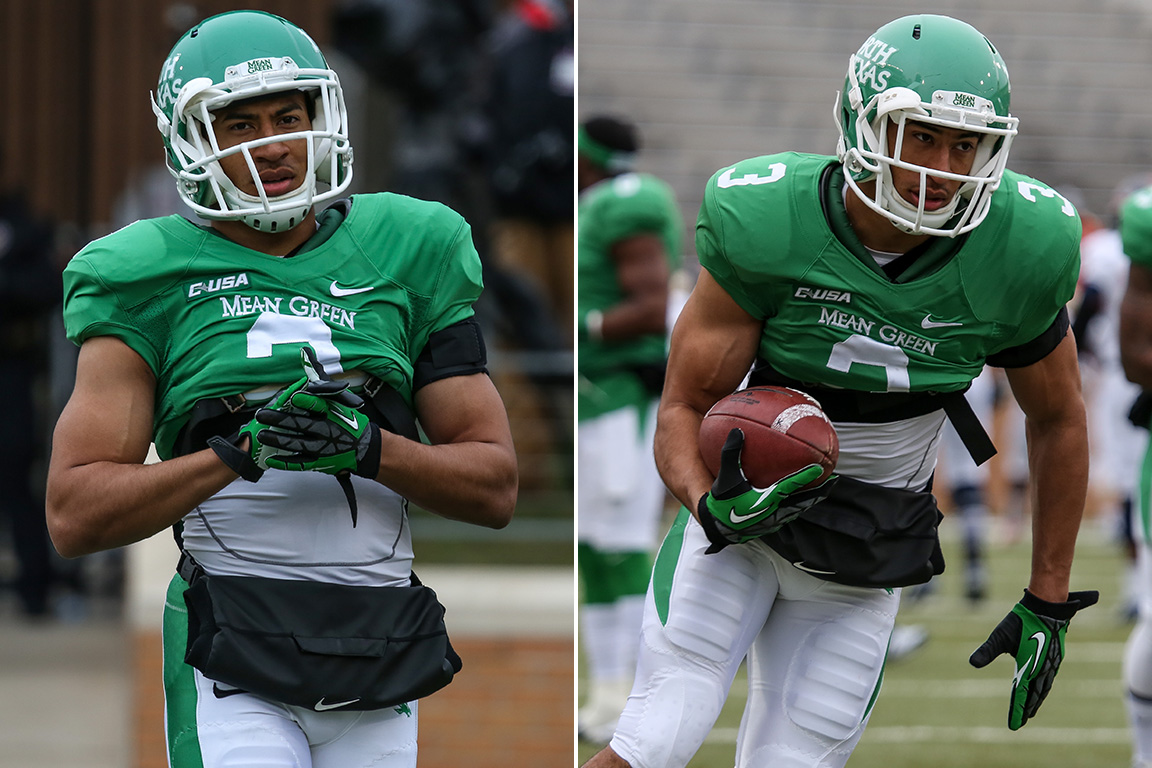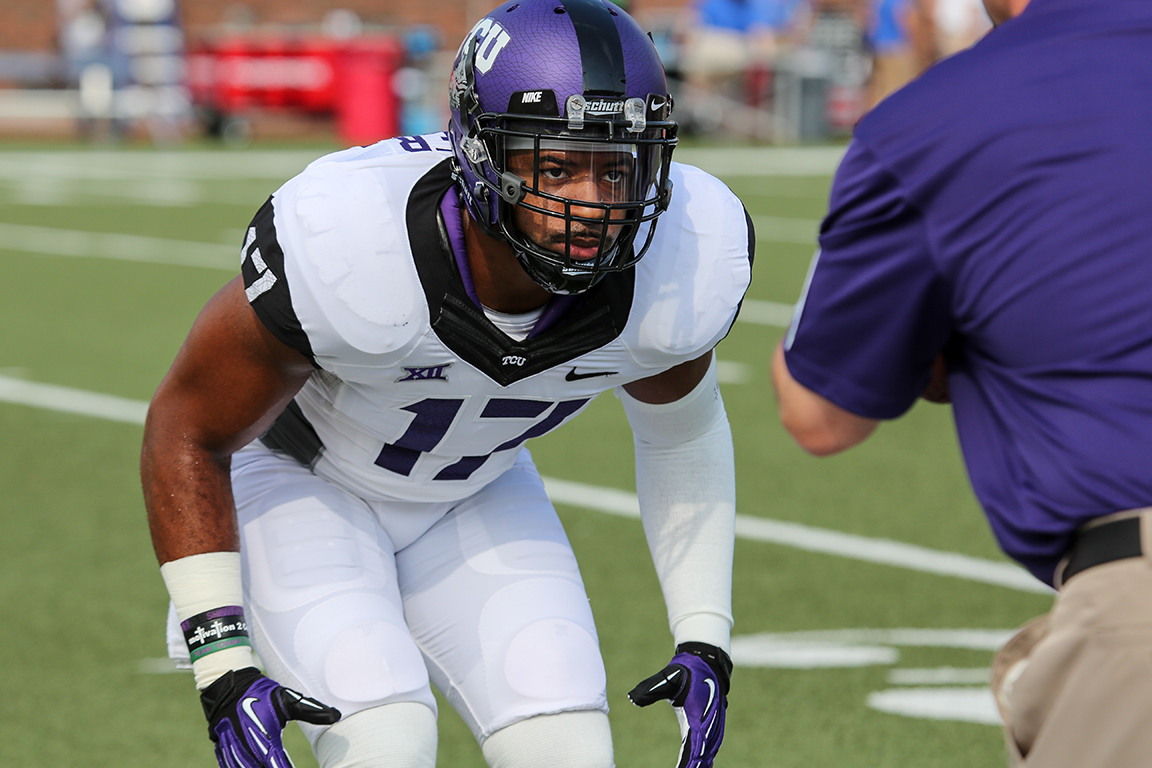




















AT&T Stadium seems to be the hottest sports venue in the country, and I'm sure that makes Jerry Jones supremely ecstatic. The stadium is a marvel. There's not a detail that went overlooked and that even goes for the photo work rooms.
Usually the photo work room in a stadium is glorified broom closet. At Jerry World, the work room is built like a locker room. Each photographer has their own work station and outlets. Few things are worse than trying to squeeze in trying to find a place to work then crawling under tables looking for a plug. The best part, though, the photographers have their dining area on the field level. It was nice to not have to walk across the stadium, up to the fifth level to the press box.
It was a nice change-of-pace experience but I typically don't care for those accommodations. I'm usually annoyed by members of the media who expect a certain type of food, drink or working condition. It's all superfluous.
As for my photos, I was happy to have the opportunity to capture some photos of wide receivers working down the field for receptions. This is one of the things I told myself to work on this season instead of hundreds of photos of quarterbacks and ball carriers on the ground. It was an easy opportunity, though, considering Baylor and Texas Tech were in a shootout, which Baylor barely walked away from.
Of all the detail put into AT&T Stadium, there is one "glaring" flaw: The sun. This game kicked off around 2:30 p.m. and by about 5:00 p.m., the sun was about to set and a terrible glare cast through the glass of the stadium creating terrible shadows and unwanted silhouettes that were hard to avoid. In a way I'm glad it happened because I was able to learn how to work through it, which is what this season has been all about.















